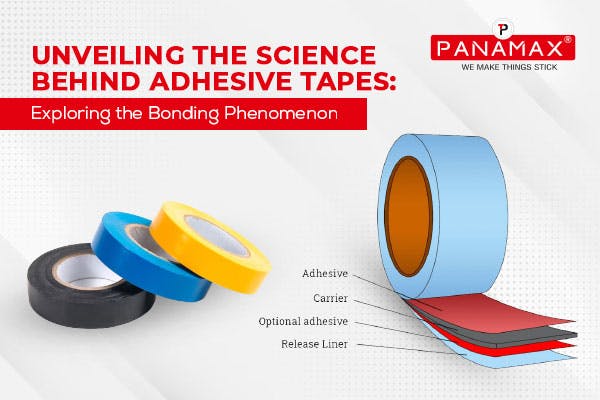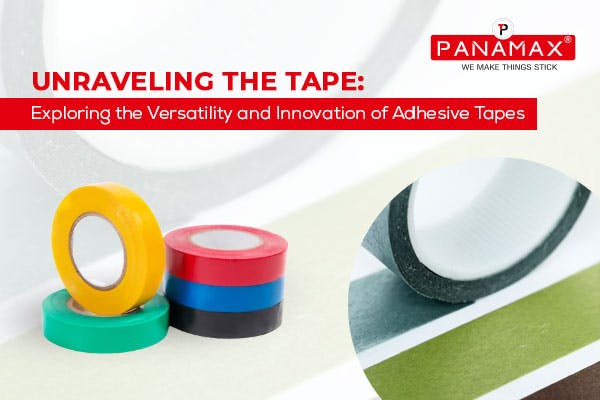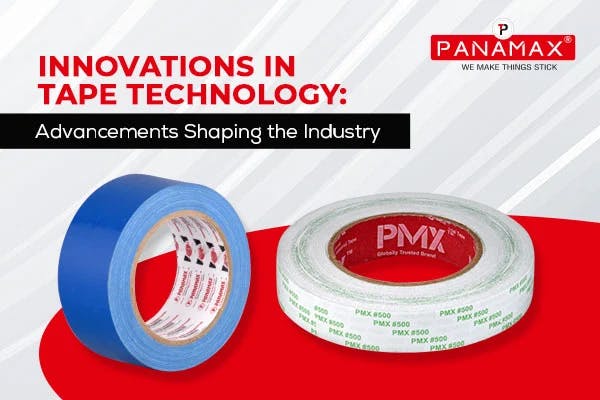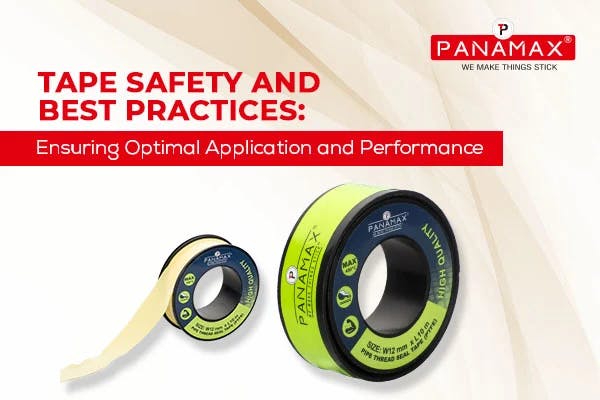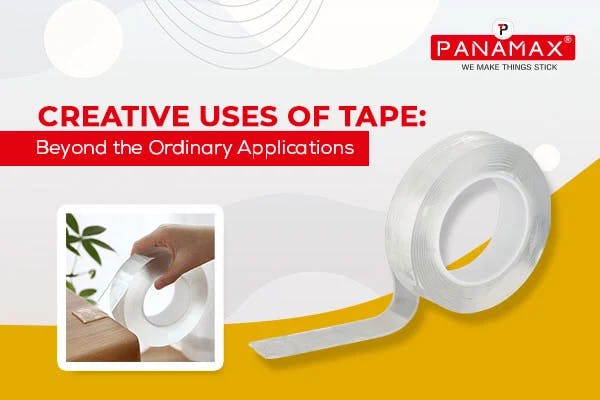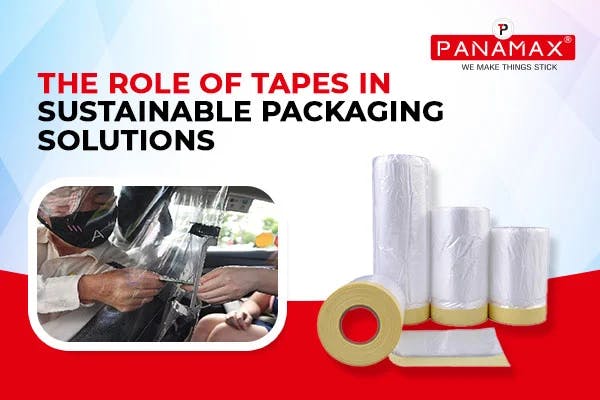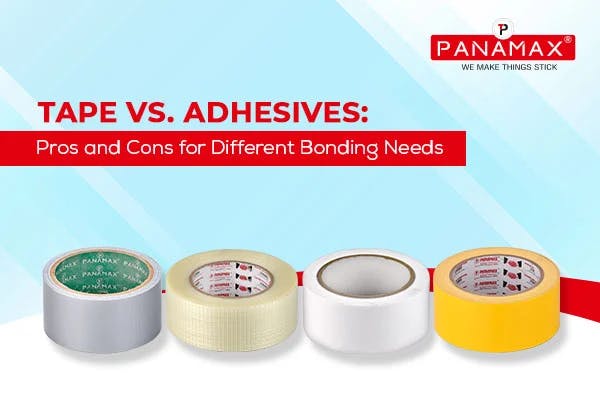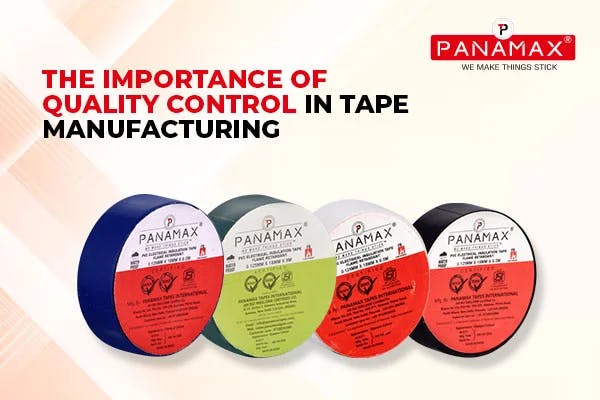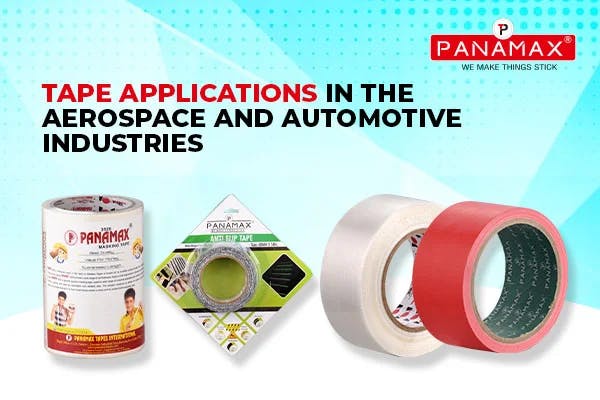


2 February
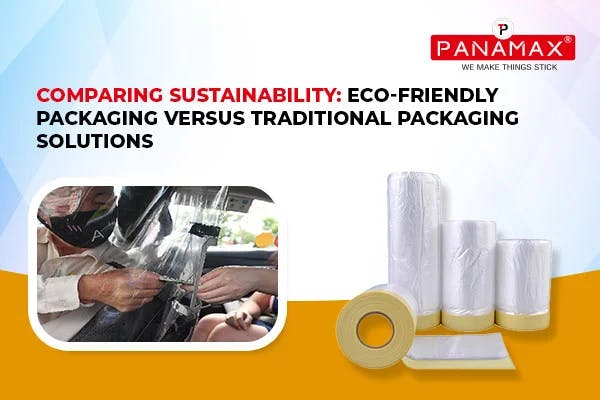
In recent years, the conversation around sustainability has become increasingly important, especially within industries that heavily rely on packaging materials. One such industry is the manufacturing and distribution of tape products, where the choice between eco-friendly packaging and traditional packaging solutions can make a significant difference. In this blog post, we'll explore the key differences between these two approaches, with a focus on the impact of packaging choices on the environment, using Panamax tapes as a case study from a tape manufacturer in India.
Eco-friendly packaging refers to materials and methods that are designed to minimize environmental impact throughout their lifecycle. These materials are often renewable, recyclable, biodegradable, or compostable, and they aim to reduce waste and pollution. Examples of eco-friendly packaging materials include recycled cardboard, biodegradable plastics, and compostable materials like cornstarch-based packing peanuts.
On the other hand, traditional packaging solutions typically involve materials like plastic, foam, and non-recycled cardboard. While these materials are often cheaper and more readily available, they come with significant environmental drawbacks. Plastic packaging, for instance, contributes to pollution and takes hundreds of years to decompose, posing a threat to wildlife and ecosystems.
As a leading tape manufacturer in India, Panamax Tapes recognized the importance of sustainability in their packaging choices. They made a strategic decision to transition from traditional packaging materials to eco-friendly alternatives. By doing so, they aimed to reduce their carbon footprint and demonstrate their commitment to environmental stewardship.
Eco-friendly packaging materials often utilize renewable resources, reducing the strain on finite resources like fossil fuels.
Traditional packaging solutions contribute to landfills and ocean pollution, whereas eco-friendly materials are designed to degrade or be recycled, minimizing waste.
The production and disposal of traditional packaging materials generate greenhouse gas emissions, contributing to climate change. Eco-friendly packaging options typically have a lower carbon footprint, especially if they are made from recycled or renewable materials.
Plastic packaging poses a significant threat to wildlife, as animals can become entangled in it or mistake it for food. Eco-friendly alternatives are less harmful to ecosystems and wildlife.
Companies that prioritize sustainability are viewed more favorably by consumers, leading to increased brand loyalty and trust.
With growing environmental regulations, companies that adopt eco-friendly practices are better positioned to comply with future legislation.
While eco-friendly materials may have a higher upfront cost, they often result in long-term savings through reduced waste disposal fees and improved efficiency.
By reducing pollution and resource depletion, eco-friendly packaging helps preserve natural ecosystems for future generations.
In the debate between eco-friendly packaging and traditional packaging solutions, the choice is clear: sustainability must be a priority. Companies like Panamax tapes demonstrate that it is possible to prioritize both environmental responsibility and business success. By opting for eco-friendly packaging materials, businesses can reduce their environmental impact, enhance their brand reputation, and contribute to a healthier planet for all. In a world where every decision counts, choosing eco-friendly packaging is a step in the right direction towards a more sustainable future. As we move forward, let's remember that the small choices we make today can have a big impact tomorrow. Let's choose wisely, for the sake of our planet and future generations.

